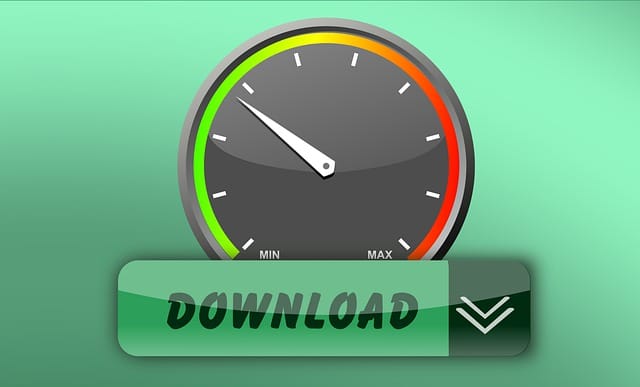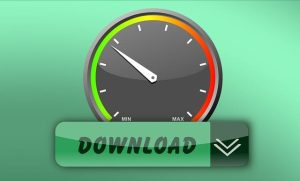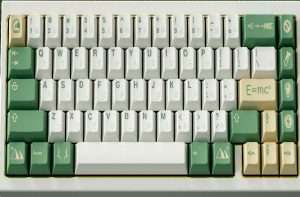Internet Speed and live Streaming – What you need to Know

Do you love to live stream events such as sports competitions, musical shows, movies, tv-series, etc on your phone or computer?
There are thousands of devices, even websites, and apps to help you do that online.
Common among the sites are twitter, Facebook, Youtube, Twitch, Netflix, Instagram Reddit, Periscope, etc
However, to stream HD videos live on either your TV, Android, iPhone, PC, tablet or notebook, certain internet speed is required.
Most HD quality videos are 1080 and above, which means you’ll use at least 1.5gigabytes in one hour.
It can even be more if you’re watching UHD quality video and you’ll need a constant internet connection with sufficient bandwidth.
What’s now the required Internet speed (Bandwidth)
For you to have optimal video streaming and awesome experience watching videos in HD or UHD quality, you need a constant high bandwidth.
For some streaming providers, you can choose to play videos in SD quality but that will be very poor.
Most people live-stream their videos in HD quality (720p) or Full-HD (1080p).
If your internet service provider offers cheap bandwidth and fast connection, then the experience streaming UHD videos (3840 x 2160 pixels) can be a great delight.
For SD quality, you’ll use about 1MB per second and about 3.5 MB per second if you stream HD video.
For UHD quality video, you will exhaust at least 13 MB of data per second.
There will be differences in the amount of bandwidth you use depending on the video store, streaming device, frame, and service.
Let’s take these for example
With Netflix, you will need about 3 Megabytes of data per second to stream live SD quality, about 5 MB for HD quality and about 25 MB for UHD quality.
With Twitch full-HD quality video, you will need 5MB per second while the same high definition video on Hulu will use between 6 to 8MB in one second.
YouTube Live video streaming requires between 3 to 6MB per second for full HD, similar to Twitch, Facebook and Instagram.
For ultra-high-definition video streaming on Amazon Prime, smart TV, and other machines, you’ll need at least 20 MB per second.
It’s also important to understand that the higher the video resolution, the more an amount of data that will be exhausted while you’re streaming.
Some devices can adjust the video quality if the internet connection becomes poor, so you need to have much reserve of bandwidth to have the same experience from the beginning to the end.
Amazon Fire TV Box can compensate for fluctuations in bandwidth by adjusting the video quality.
The stream can be stored in a buffer in order to be used to bridge the poor image quality unless the buffer is used up and the stream is not quickly reloaded into the buffer.
Once the buffer becomes empty and the internet speed is lower than the amount required for the quality of the video, downtime may occur.
Amazon, Netflix, and others help with such situations by reducing the bitrate of the stream in order to adjust video quality to the bandwidth without jerking.
Using a DSL Speedtest tool to measure Bandwidth
You can check how high your Internet connection bandwidth is before you start live streaming. There are DSL tools online to do this.
This is because you don’t always get 100% of the bandwidth you pay the internet service provider.
There are other factors responsible for this, some of which are the time of the day, the load of the operator or your WLAN reception.






